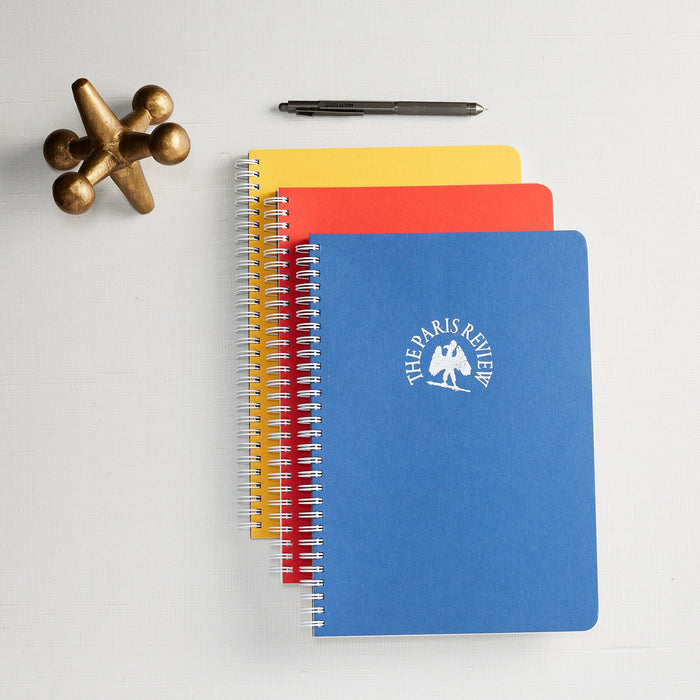If you are new to bullet journaling, the first rule is that there are no rules. You can make this planner anything you need it to be. It gives you the chance to design, decorate, and organize all areas of your life in one place any way you want. This blank slate is a welcome kind of freedom to some. However, for the less creative, it can be intimidating. While deciding where to start and which layouts would best serve your needs, a good way to approach your beautiful new blank book is start with the big picture. Then, in stages, get more and more specific. One of the great advantages of the bullet journal is, unlike other planners, you don't have to treat all weeks, lists, activities, or schedules equally anymore. You can focus in on the areas that are most important to you.
Step 1: The big picture.
To begin, give yourself a couple of pages that let you see your calendar at a glance. There are several options here, and you should pick the one that best visually represents the way you already think of your schedule in your head. You can create an entire year at a glance spread. You could fill in two pages with six months in standard monthly forms, with a little space next to each month to list a few highlighted dates. This method is a good way to keep the most important dates, such as travel dates, where you can easily see them. It is also a good place to layout recurring dates, such as holidays and birthdays. However, you do not need to use a standard monthly view at all if that does not reflect the way your time is scheduled.
Perhaps it fits your life better to dedicate a page each to the semesters or terms at your school. Maybe summer deserves its own colorful spread. Or maybe you think in weeks instead of months. In that case, you could just list each Monday down the side of the page and make notes of what is happening each week going across.
Step 2: Zoom in on your days.
At some level, every bullet journal needs to provide a place to keep track of what you need to do each day. Like every other aspect of bullet journaling, this is flexible. You could start with a thicker journal with more pages if you keep a regimented schedule or like to time block and need a page for every day. However, the premise of bullet journaling is the bullet list. In keeping with the simplicity of that premise, it usually doesn't pay to write more detail than is necessary. Most people choose to forego a lot of detail for this part of their journal.
Keeping the day's list of tasks and appointments brief has two advantages. The first is that it is easy to jot down only a few words, since only you need to know what you meant. The second is the visual effect of keeping each task to only a few words. When you look back at the page at the end of the day or week, you can quickly scan down the bullet points to see what you still need to do. A large part of the functionality of the bullet journal is in reviewing your tasks. This is when you move forward (or eliminate!) things that have not gotten done.
Step 3: Make it yours!
Once you have a visual calendar that suits you, with weekly or daily layouts that keep you on top of your to-dos, you can do anything you want. There are so many ways to zoom in on the things that matter most to you. You also can include more detail in areas where the usual basic bullet points are not sufficient.
Monthly charts are ideal for goal tracking. List the dates across and make a quick table where you can check off whether you got your goals in each day. Did you exercise, drink enough water, or opt to cook instead of ordering in? You can set rewards for yourself as well, and focus on where you are succeeding.
You can keep lists of books, movies, or podcasts you hear about and want to investigate. Jot down recommended restaurants you want to try. Make a page layout detailing your goals for growing your business. When special occasions come up, give them special space. Is there a time of year that fills your calendar and to-do lists more so than others? Then break out a fresh, clean spread, and keep track of it all in a way that works for you. Around the holidays, for example, many may find it useful to bring shopping, gift giving, meal planning, and social engagements together all in one space.
With these three steps, your first bullet journal will transform from blank pages to your most useful tool in no time. Let it be yours. There is no need to compare your pages to the most decorated and fanciful art bullet journal bloggers use. Start with small, practical spreads that fit your needs. Over time, you can add embellishments as you like. The flexibility and options make this style of planner something that can work for anyone.




Comments
Leave a comment